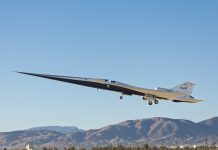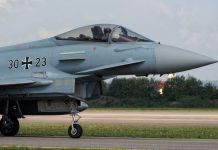As more military assistance is pledged to Ukraine by its allies in the West, the Russian military’s top brass has announced plans to significantly bolster its military in 2023 by inducting top-of-the-line military hardware.
Battle Of Equals? Western Military Aid To Ukraine Nearly Equals Russia’s Total Defense Budget For 2022: State Media
China ‘Gobbles’ Russia’s Market Share In Africa; Increases Defense Cooperation As Ukraine War Keeps Moscow Busy
When intense combat unfolds in the east of Ukraine, Russian Defense Minister Sergei Shoigu vowed on January 10 to expand the country’s weaponry and advance aviation technology and increase drone production.
Earlier this month, President Vladimir Putin ordered Shoigu to create a report on how military units are supplied, including details of weapons and equipment delivered to the military and suggestions for enhancing the defense ministry’s operations.
The order was given in the wake of some significant losses incurred by the Russian military on the battlefield.
It had become imperative for Russia to bolster its military preparedness when NATO countries were pledging robust weapon systems to Ukraine in the recent military packages. The NATO military aid that started in February 2022 when Ukraine was invaded will soon equal Russia’s 2022 defense budget.
Against that backdrop, Putin made a high-voltage pitch to his country’s defense industry on his visit to Tula, a center for arms manufacturing.
He said, “The most important task of our military-industrial complex is to provide our units and frontline forces with everything they need: weapons, equipment, ammunition, and gear in the necessary quantities and of the right quality in the shortest possible timeframes.”
Russian Military In 2023 Bolstering Hypersonic Capability
The Russian state news agency published an exhaustive list of advanced weapon systems that will be inducted into the military in 2023 based on official announcements from the Defense Ministry.
The list includes equipment for all three services of the military as well as Russia’s nuclear-capable strategic force.
In what could prove to be a year of hypersonic, the Russian Ministry of Defense (MoD) has vowed to increase the supplies of Kinzhal and Tsirkon high-precision hypersonic missile systems and continue working on other “promising samples.”
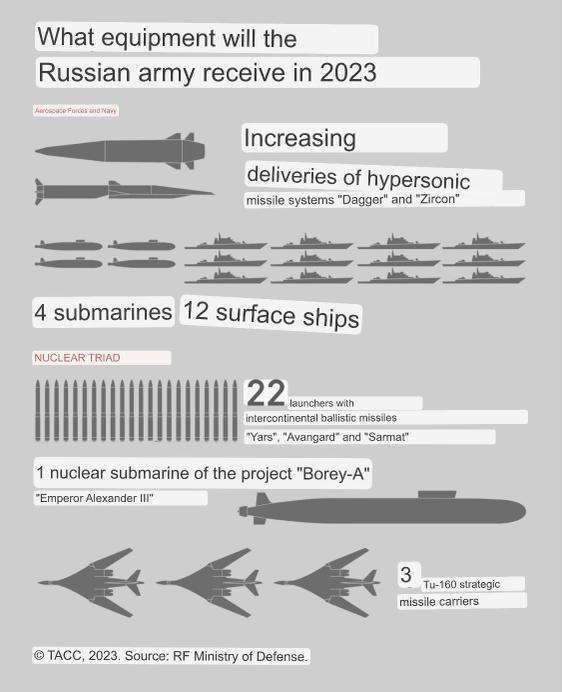
This may hardly be surprising for Ukraine or Russian adversaries in the West since Russia has already used the Kinzhal (or Dagger) hypersonic missile on the battlefield last year.
Besides, several MiG-31K fighter jets equipped with the hypersonic missile have been spotted flying in and out of Belarus in the previous few months.
As far as the Tsirkon (or Zircon) hypersonic missile is concerned, the Russian Defense Ministry recently integrated the missile on the frigate Admiral Gorshkov and flagged the vessel for a voyage into the Atlantic Ocean.
Western military experts and policymakers have primarily read the move as a subtle Russian attempt at power projection using hypersonic weapons.
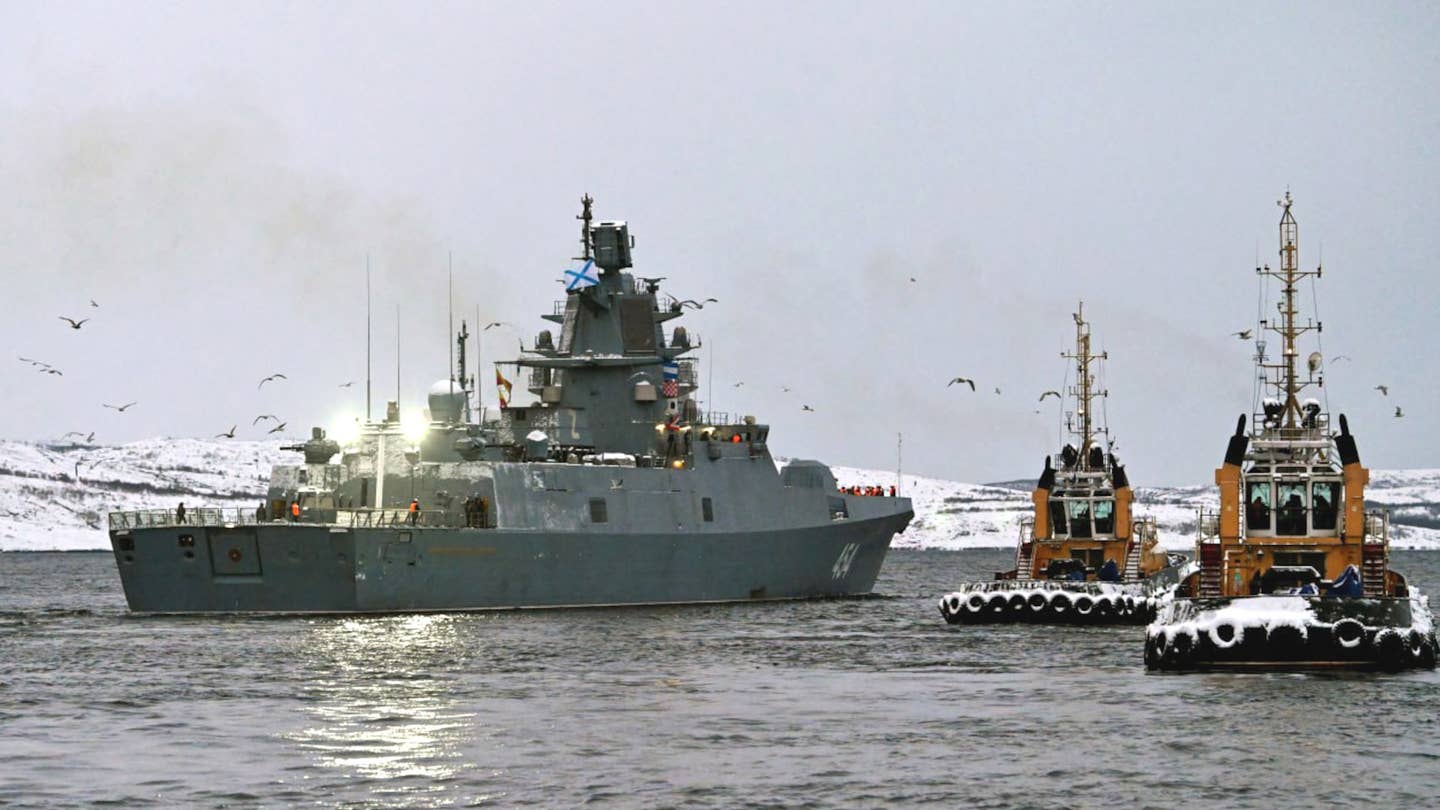
The Russian Navy is set to get a massive shot in the arm as about four submarines and twelve surface vessels will be inducted this year. In addition, Russia would set up five marine infantry divisions in the Navy’s coastal defense forces based on existing brigades.
In late December, the Navy Commander-in-Chief Admiral Nikolay Yevmenov laid down the plans and announced: “In 2023, the Navy will face large-scale and important tasks that include the priority goals of accepting the strategic cruiser Emperor Alexander III with ballistic missiles, four submarines, and twelve surface ships and support vessels into the Navy.”
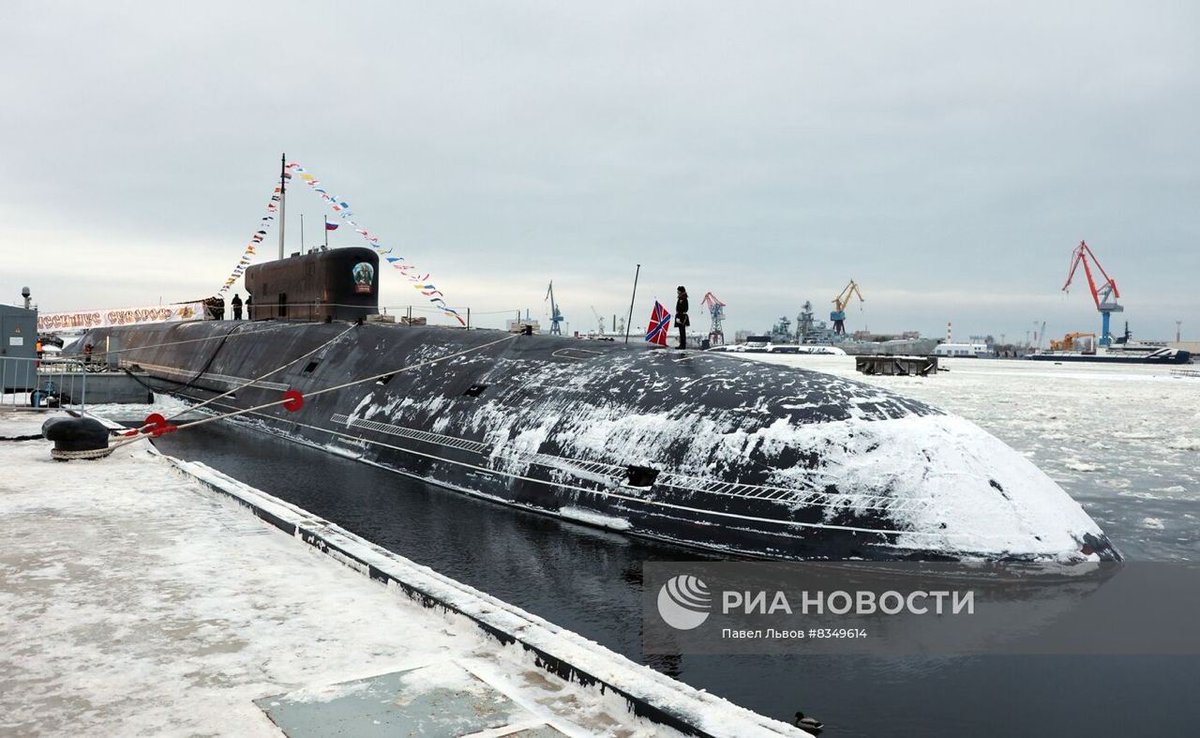
Out of these, the nuclear-capable Emperor Alexander III of the Borei-A class is the most significant as intended to represent the backbone of Russia’s seaborne strategic nuclear capabilities.
Their primary armament consists of 16 Bulava intercontinental ballistic missiles. The Borei-A submarines have superior acoustic stealth, maneuvering, deep-sea running, and armament control systems.
Reinforcing The Nuclear Triad
The nuclear submarine is also part of the nuclear triad that Russia has pledged to reinforce in 2023. “We will continue to develop the nuclear triad and maintain its combat readiness because the nuclear shield remains the main guarantee of our country’s sovereignty and territorial integrity,” Shoigu stressed.
The Defense Ministry announced that the Russian army would receive about 22 launchers containing Yars, Avangard, and Sarmat intercontinental ballistic missiles, three Tu-160 strategic missile carriers, and Emperor Alexander III nuclear submarine of the Borei-A project in 2023.
In November 2022, the RS-28 Sarmat Intercontinental Ballistic Missile (ICBM) entered serial production following a successful test. The RS-28 Sarmat missile is planned to boost the Russian military’s combat capability over the next 40 to 50 years and become the primary means of nuclear deterrence.

In a separate development in December, the Russian Defense Ministry released a video showing the installation of a Yars intercontinental ballistic missile (ICBM) into a missile silo.
Similarly, the Russian Defense Ministry also released a video showing how its Avangard Hypersonic Missile is loaded into the silo. Forty people loaded the complex strategic missile into the silo launcher.
It was previously reported that the share of advanced equipment provided to the county’s strategic nuclear forces had reached 91.3%. The entry of upgraded Tu-160M nuclear missile carriers will further bolster this. The bomber prototype recently completed its second test flight and will now undergo trials with the Defense Ministry.
This development comes a year after the Tu-160M took its first flight in January 2022. The Tu-160M is an upgraded variant of the Tu-160 bomber. According to Russian media, the Tu-160M is currently the biggest military supersonic aircraft, and the program to induct the bomber aircraft is expected to last till 2027.
The list collated and published by TASS on a Telegram channel went viral, and the Ukrainian media quickly dismissed it as Russian propaganda.
- Contact the author at sakshi.tiwari9555 (at) gmail.com
- Follow EurAsian Times on Google News


